
There were two occasions during his Thursday press conference in New York where Gary Bettman pushed aside lockout jargon for an attempt at emotion, like some Washington policy wonk ignoring his bar graphs long enough to ask, "what about the children?"
The first instance was a personal admission from the man that's overseen two work stoppages and will complete the hat trick on Saturday night.
"This is really hard. You only get involved in this situation when you understand what the issues are and you know you're doing the right thing for the long-term stability of the sport," he said.
"This is very hard and I feel terrible about it."
As he should. As the owners should. As Donald Fehr should. As the players should. That it got to this point, and that the realistic compromises, that both sides will eventually reach after months of the season are sacrificed, can't be bridged before the preseason starts.
The abject frustration for fans shouldn't be that there's a lockout, because all know this was the NHL's endgame. It's that the players and owners are this far down the rabbit hole and are still defining terms and arguing the fundamentals.
For example, the fundamental difference between the NHL and the NHLPA offers is that the players' projections are "assumptions and speculation based on their projections of league growth based on dollars, and not percentages," according to Bettman.
In other words, Bettman feels the NHLPA isn't coming down from 57 percent of the revenue when you take into account how their proposal is structured based on the current rate of growth for the league. While the official number for Year 1 of the NHLPA proposal has been 52 percent of revenue, Bettman feels that's deceiving.
[Related: League will suffer if NHL, NHLPA don't embrace compromise and common sense as lockout looms]
"If you fully understand the proposal, it's not 52 percent or anything close to it. You have to look at the dollars they want guaranteed. The dollars are an actual increase. They're projecting that down the road, at 7 percent-plus revenue growth, which is a very high assumption, you might get to 52 percent. Their proposal is not a percent proposal; it's a guaranteed dollar proposal," he said.
"They did not make a percentage of the growth offer."
This was Mirtle's take on that issue in his Globe and Mail piece on the proposal:
Despite what has been written in some circles, the players have offered some givebacks here. Even if league revenues grow at just 5 per cent (which they have exceeded in all but one of the last six years), the players will be offering back about $340-million (or $70-million a season) from where they are now at 57 per cent.
If there's big-time growth (8.5 per cent or more), the PA gives up $250-million or more a year. That's not nothing.
The key difference between the two deals is that the union is trying to stay at or above that $1.87-billion figure earned last season in order to avoid big-time escrow payments by its players right away. That's one of the things players have asked Fehr for, and he is listening and trying to deliver.
Again, they're still not speaking the same language. The players see the NHL's rate of growth remaining steady; the league believes that rate could be unsustainable.
The players see the league's use of escrow in the new CBA as a de facto salary rollback; the league see it as "in line with what they're used to in this agreement."
The players feel it's unfair to cap and reduce their wages when other costs for teams don't have similar controls; the league believes many of those ancillary costs are linked to the players anyway, and have risen over the life of the CBA.
"I don't think it makes sense on how the clubs run their businesses," said Bettman. "Those costs have increased dramatically."
(Incidentally, this topic brought forth what might be the first in recorded human history that there were references to both massage therapists and the price of charter jet fuel in the same sentence. Kudos, Mr. Bettman.)
Where does this leave us? Bettman said there's no lockout yet because there's still time for a deal to be made, but his words were about as hollow as an invisible Kevin Bacon.
The lockout's happening, much to Gary Bettman's chagrin. Which brings us to Emotional Moment No. 2, which came at the end of his press conference on Thursday.
"I hope to see you all soon," he said, solemnly.
"And I hope it's with better news."
More news from the Yahoo! Sports Minute:
Other popular content on the Yahoo! network:
• Insurance policy isn't to blame for spate of injuries in UFC
• LeBron James switches agents to team up with longtime friend
• Y! News: California man confirms role in anti-Islam film
• Forde-Yard Dash: Coaching changes shake up college football landscape

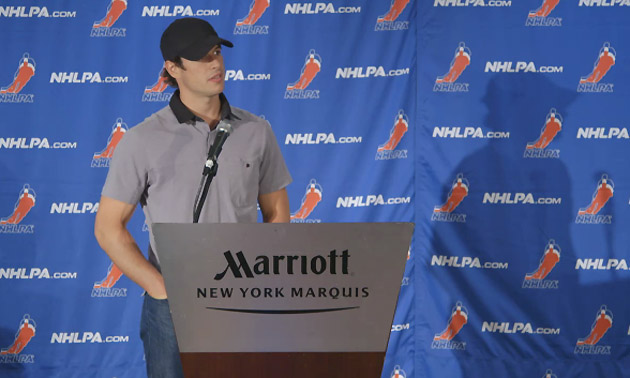 Sidney Crosby was put before the media after Donald Fehr's grim CBA negotiation update on Thursday because Sidney Crosby is symbolic of a great many things.
Sidney Crosby was put before the media after Donald Fehr's grim CBA negotiation update on Thursday because Sidney Crosby is symbolic of a great many things. • Henrik Zetterberg and the Quest For Peace at the NHLPA presser today. (@bruce_arthur)
• Henrik Zetterberg and the Quest For Peace at the NHLPA presser today. (@bruce_arthur)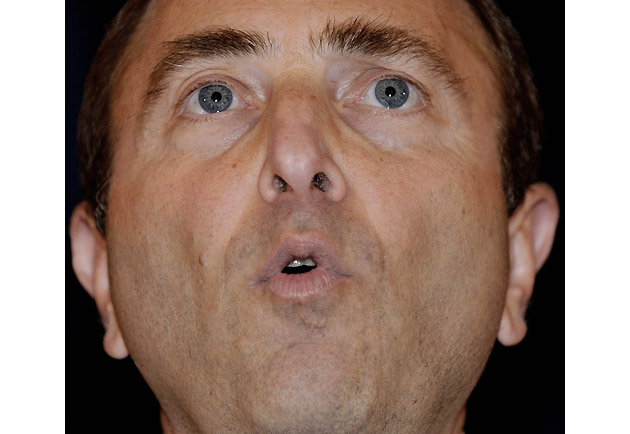 Whenever NHL owners start handing out bloated contracts like toothpick-stabbed samples of Chinese pork at a mall food court, they're lambasted for being irresponsible or negligent in respecting the economic limits they, themselves, established.
Whenever NHL owners start handing out bloated contracts like toothpick-stabbed samples of Chinese pork at a mall food court, they're lambasted for being irresponsible or negligent in respecting the economic limits they, themselves, established. And …
And … As BizNasty discovered, it's a balancing act.
As BizNasty discovered, it's a balancing act.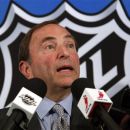
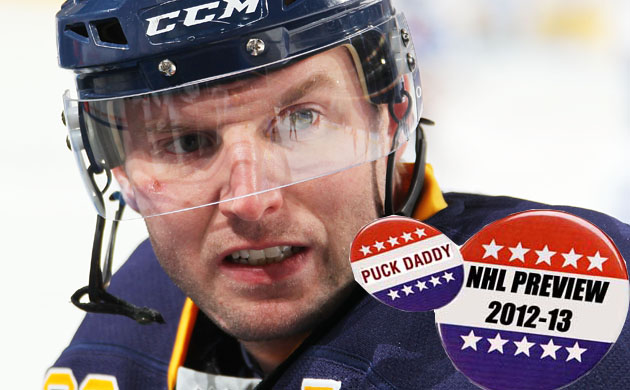
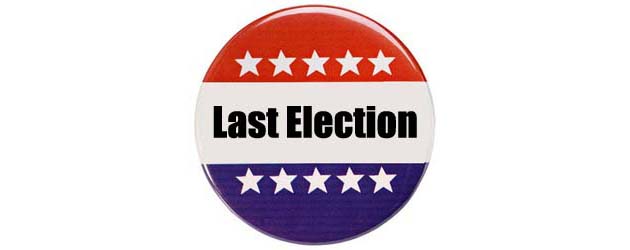 "Welcome to Pegulaville", Sabres fans said and were told last season when owner Terry Pegula broke open the chequebook and declared an end to the miserly ways of the past. Never has a one-percenter been so beloved by the middle class as during Pegula's first summer. Finally, the Sabres had the money to contend. Pegula went out and made up for the wrongs of July 2007, when Danny Briere and Chris Drury walked, signing skill guys like it was going out of style.
"Welcome to Pegulaville", Sabres fans said and were told last season when owner Terry Pegula broke open the chequebook and declared an end to the miserly ways of the past. Never has a one-percenter been so beloved by the middle class as during Pegula's first summer. Finally, the Sabres had the money to contend. Pegula went out and made up for the wrongs of July 2007, when Danny Briere and Chris Drury walked, signing skill guys like it was going out of style.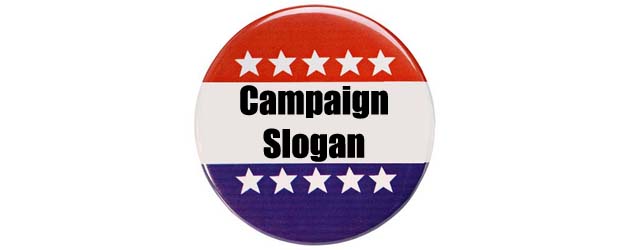 "Get Fought by Ott and Scott"
"Get Fought by Ott and Scott"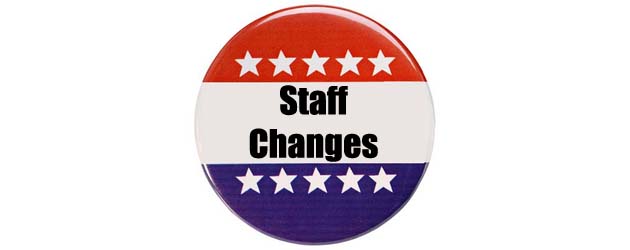 The Sabres opted to curb spending in 2012. I mean, you could argue that they just had no one to spend money on, but Ville Leino can attest to the fact that this didn't stop them last year.
The Sabres opted to curb spending in 2012. I mean, you could argue that they just had no one to spend money on, but Ville Leino can attest to the fact that this didn't stop them last year.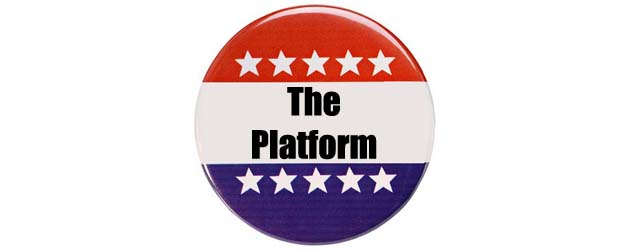 At forward … the Sabres will continue to rely on the scoring touch and chemistry of wingers Thomas Vanek and Jason Pominville, as well as a platoon of depth wingers that includes Drew Stafford, Nathan Gerbe, Ville Leino, and Marcus Foligno. Their issue will be up the middle, where tiny converted winger Tyler Ennis, sophomore Cody Hodgson and checker Steve Ott will centre the top three lines.
At forward … the Sabres will continue to rely on the scoring touch and chemistry of wingers Thomas Vanek and Jason Pominville, as well as a platoon of depth wingers that includes Drew Stafford, Nathan Gerbe, Ville Leino, and Marcus Foligno. Their issue will be up the middle, where tiny converted winger Tyler Ennis, sophomore Cody Hodgson and checker Steve Ott will centre the top three lines.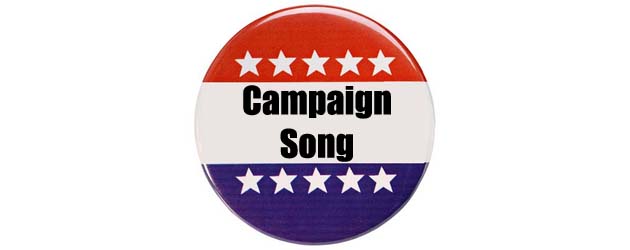
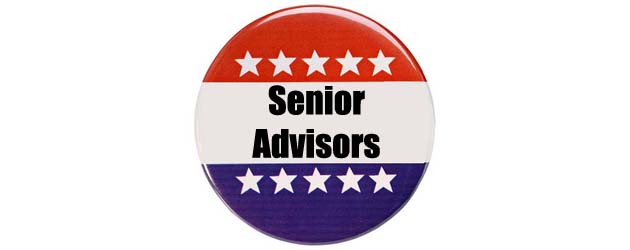 Same as it ever was. Lindy Ruff and Darcy Regier enter their 15th year as coach and GM, respectively. It's no doubt a cushy gig, but with Terry Pegula desperate for a winner, one has to wonder if the other end of their leash might actually be tied to something now. Would a second straight year without making the playoffs be enough for either of them to actually reach the end of it?
Same as it ever was. Lindy Ruff and Darcy Regier enter their 15th year as coach and GM, respectively. It's no doubt a cushy gig, but with Terry Pegula desperate for a winner, one has to wonder if the other end of their leash might actually be tied to something now. Would a second straight year without making the playoffs be enough for either of them to actually reach the end of it?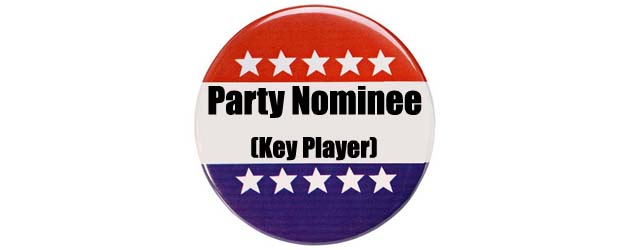 Tyler Myers. After a 48-point rookie season, Myers had 60 points in the following two seasons combined. Last November, he even suffered the ignominy of a healthy scratch.
Tyler Myers. After a 48-point rookie season, Myers had 60 points in the following two seasons combined. Last November, he even suffered the ignominy of a healthy scratch.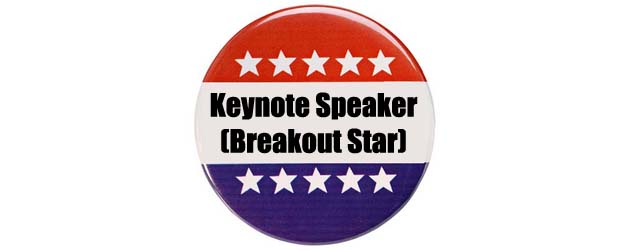 Cody Hodgson was never going to crack the top six as a centre in Vancouver, but in Buffalo, he's practically all there is, especially with Derek Roy gone. Tiny Tyler Ennis will likely open the season as the first line centre, but the Sabres are counting on Hodgson to push him for that job and, ideally, take it. If he can't meet their expectations, Buffalo's going to struggle to score all year.
Cody Hodgson was never going to crack the top six as a centre in Vancouver, but in Buffalo, he's practically all there is, especially with Derek Roy gone. Tiny Tyler Ennis will likely open the season as the first line centre, but the Sabres are counting on Hodgson to push him for that job and, ideally, take it. If he can't meet their expectations, Buffalo's going to struggle to score all year. Ville Leino. It's hardly a nervy pick after Leino collected $4.5 million last year to score 25 points, but he can still bust harder. Another year with numbers like that and fans are going to hate his guts, especially if Buffalo's weakness at centre -- Leino's listed position -- begins to show.
Ville Leino. It's hardly a nervy pick after Leino collected $4.5 million last year to score 25 points, but he can still bust harder. Another year with numbers like that and fans are going to hate his guts, especially if Buffalo's weakness at centre -- Leino's listed position -- begins to show.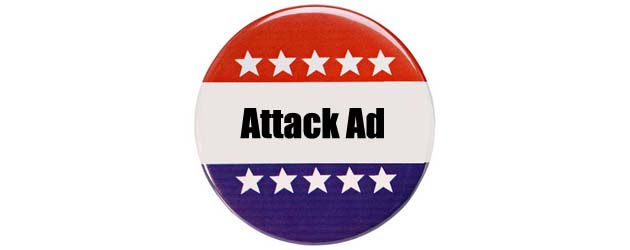
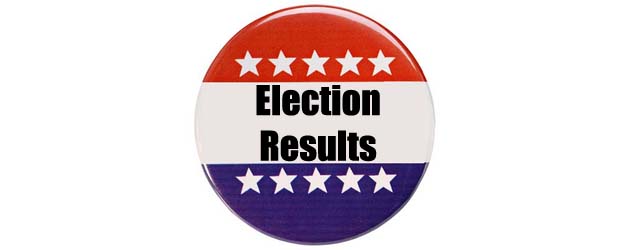 Another year on the bubble. The Sabres could very well make the playoffs, but everything's going to have to go right for them. Tyler Ennis and Cody Hodgson are going to have to play like top-six centres. Tyler Myers is going to have to become a true number one guy. Ryan Miller is going to have to be one of the best goalies in the league again. Every one of these things is possible, but all of these things happening is less so. Expect the Sabres to be in contention right up until the final week of the season.
Another year on the bubble. The Sabres could very well make the playoffs, but everything's going to have to go right for them. Tyler Ennis and Cody Hodgson are going to have to play like top-six centres. Tyler Myers is going to have to become a true number one guy. Ryan Miller is going to have to be one of the best goalies in the league again. Every one of these things is possible, but all of these things happening is less so. Expect the Sabres to be in contention right up until the final week of the season.
Recent Comments